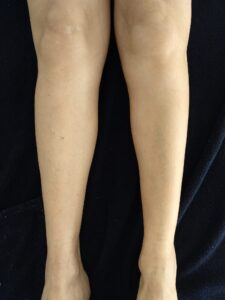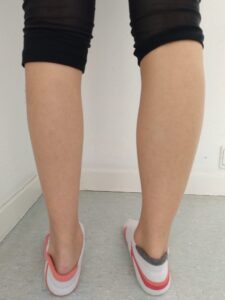Muscular atrophy is a disorder that involves the wasting, loss or decrease of skeletal muscle. It is produced by an imbalance between protein synthesis and its degradation. Nerve cells of the skeletal muscles are affected, generating partial or total paralysis. This disorder causes loss of muscle strength. It is a progressive process gradually affecting the functionality of everyday movements.This process of atrophy can occur due to different circumstances. One of them would be the lack of muscular activity due to disuse (decrease in physical activity in our daily life due to a change in routine, due to immobility due to alterations in the locomotor system or sedative states …) another cause may be aging in which the capacity for muscular contraction decreases and the muscular capacities (elasticity, contractility, excitability, flexibility) are diminished. And another cause may be due to damage to the central nervous system (brain, brain stem, cerebellum, spinal cord) such as stroke, traumatic brain injury, spinal cord injury, or the peripheral nervous system (motor nerves).
At the Neurorehabilitation Clinic we focus our physiotherapy and occupational therapy treatments on the recovery of functional movement that requires tone and muscle strength. Muscle tone is necessary for maintaining posture, joint stability, giving proprioceptive information to the nervous system, stimulating the movement of lymphatic and blood vessels, etc …To work muscle atrophy, we carry out active and assisted exercises with certain repetitions to increase the nervous stimulus that activates muscle fibers, necessary to reverse muscle atrophy.It is very important to stop the atrophy and regain muscle strength that the affected person remains active both in the sessions and in their daily life. For this reason, therapists always give guidelines for exercises and functional activities that stimulate and motivate the person to move and use their body to achieve their functional objectives.

